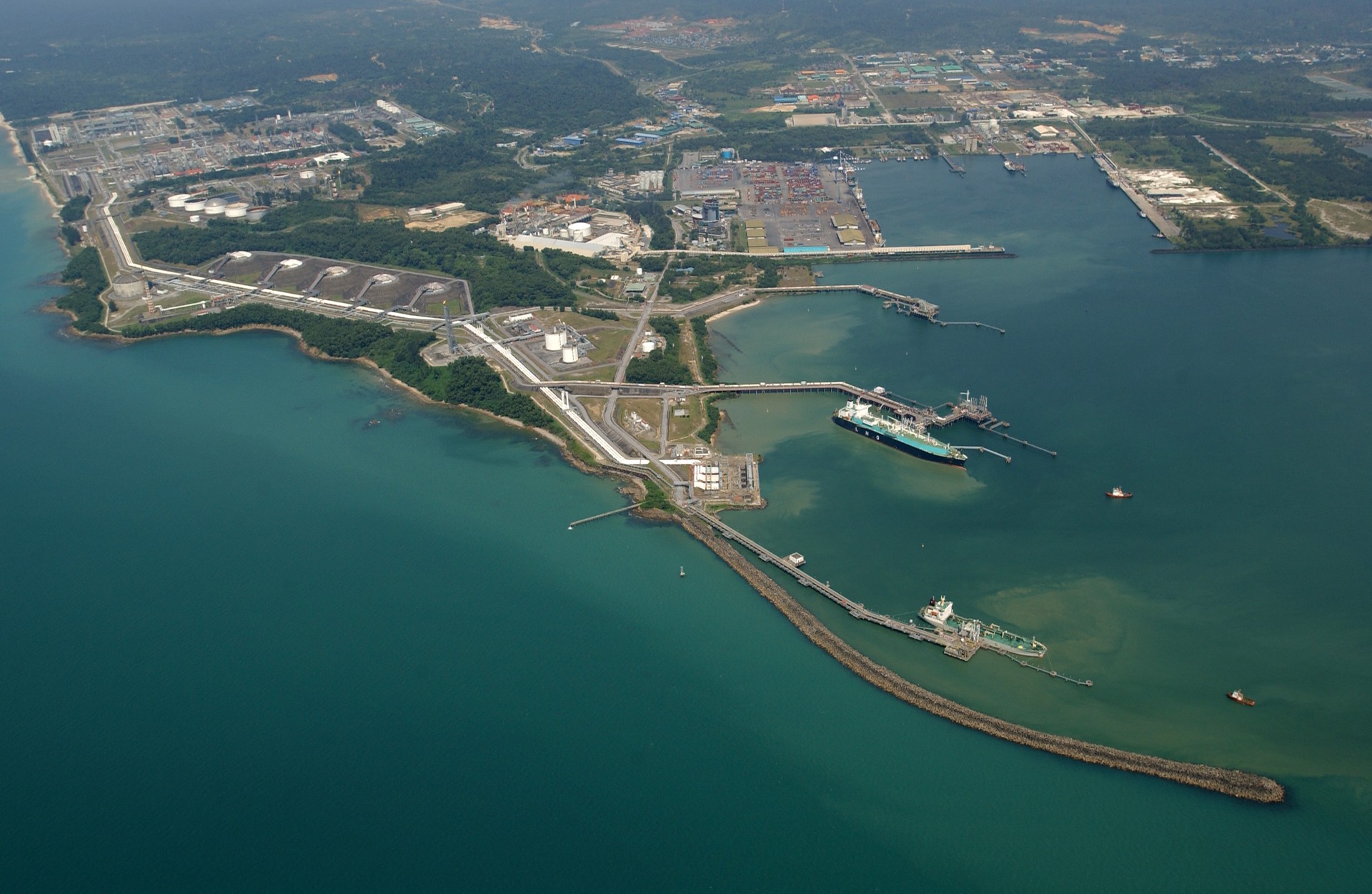Malaysia LNG, a unit of Petronas and the operator of the giant Bintulu LNG export plant, has signed a memorandum of understanding with Houston-based HYCO1 to work on a carbon capture and utilization project in Bintulu.
According to a statement by HYCO1, the two firms will collaborate on the potential utilization and conversion of 1 million tons per annum (mtpa) of carbon dioxide (CO2).
The partners expect this development to become “one of the largest CO2 utilization projects in history.”
“Unlike traditional efforts focused solely on CO2 capture and high-cost sequestration (carbon capture and sequestration, CCS), this project pioneers a new approach by fully utilizing captured CO2 emissions to profitably and competitively generate valuable products,” the statement said.
Under the MoU, the two firms will conduct a joint feasibility study to evaluate design alternatives to produce syngas that best meets demand from a wide range of potential downstream syngas users.
The MoU also states that MLNG plans to supply an initial 1 mtpa of raw CO2 to HYCO1 for 20 years, beginning no later than 2030.
“By transforming CO2 from an emissions waste gas into much-needed chemical and fuel products, this project sets a new standard for sustainability and innovation,” the statement said.
“By using lower-cost CO2 feedgas to displace higher-cost natural gas, the HYCO1 CUBE process will disruptively produce lower CI, “blue”, emissions free syngas for less than the cost of today’s “gray” syngas made from using all natural gas,” it said.
The CCU plant is expected to be completed by 2029.
Bintulu LNG
The Bintulu LNG plant in Sarawak, which has shipped more than 12,000 LNG cargoes since it started operations back in 1983, consists of nine trains and supplies key demand centers such as Japan, South Korea, China, and Taiwan.
The LNG complex includes MLNG Satu, MLNG Dua, MLNG Tiga, and the most recent Train 9 which started commercial operations in 2017.
It has a capacity of about 29.3 mtpa.
In 2024, Petronas delivered 398 LNG cargoes, or 25.13 million tonnes, from the giant LNG export facility.
This is down by 5 cargoes compared to 403 shipments in 2023.

